Content:
Scientists and agronomists are of the opinion that, if desired, amaranth can be fed to the entire population of planet Earth. This is due to the unique chemical composition of the plant and its nutritional properties. Food amaranth is suitable for fresh consumption, and is also in demand for livestock feed and the manufacture of medicines. It is safe to say that this is a very promising plant.
Amaranth vegetable: description and characteristics
Amaranth is a plant for food. His homeland is considered to be North and South America. The edible amaranth was used in food in the form of cereals by the Aztecs. Surprisingly enough, in the medieval years, the Inquisition perceived amaranth as something devilish. Today, the plant is more often used as a vegetable or grain crop.
The amaranth culture consists of many green or orange flowers. They form inflorescences - panicles, which are also characterized by various colors, from brown to red-purple.
It begins to bloom at the very beginning of summer, and ends with the first frosts. The length of the growing season, depending on the variety and climatic conditions, varies from 90 days to 120 days. Possesses good immunity against diseases and pests, actively grows on poor and infertile soils. The plant is resistant to high temperatures.
The size of the flower is impressive, so in summer cottages it is most often grown mainly for decorative purposes. But this is because not all people have yet realized the value of culture.
Amaranth vegetable: application
Stems and young leaves of the plant can be added to salads. And dried leaves will be a great alternative to the usual tea. Amaranth is incredibly healthy, as well as aromatic and tasty.
The culture contains unsaturated fatty acids, A, B1, B2, B5, B6, B9, B12, C, D, E, PP, potassium, calcium, magnesium, zinc, selenium. copper, manganese, iron, phosphorus, sodium.
Not many compatriots know that amaranth seeds can also be eaten. They contain substances that have no analogues in the world, but they have an extremely beneficial effect on the human body.
Today there are more than 80 varieties in the world:
- amaranth Shchiritsa;
- amaranth White;
- amaranth Green;
- amaranth Saladny and many others.
The development of new varieties is due to the growing popularity of the culture among summer residents and farmers. The differences between the species are sometimes insignificant, and sometimes it is difficult to guess that this is one culture.
Agricultural technology of cultivation
It is a thermophilic, light-loving plant that responds well to regular watering. It grows on almost all types of soil, including salt marshes, rocky and sandy. The duration of the ripening of greens is 60-70 days, and the seeds are approximately 110 days.
Amaranth is a green manure and green organic fertilizer. Therefore, it is recommended to leave the root system in the soil after harvesting. If this is done, the soil will receive the necessary organic matter.
All types of plants are grown in two ways: seedling and seedling.When growing amaranth for the sake of using the leaves, it is recommended to sow the seeds directly into the soil. And grain varieties are planted on seedlings, for the speedy flowering of the culture and the ripening of seeds. Germinating seeds is not difficult.
Amaranth care
A culture only needs careful care in the first month of its growth. The ground part of the plant at this time grows extremely slowly, which makes it hard to believe that soon these seedlings will become powerful bushes. To speed up the process, you need to regularly water the plants, weed and mulch the beds. If desired, you can add organic fertilizers, the optimal composition is an infusion of mullein and ash.
In the second month of life, the active phase of growth begins, the plant stretches 5-7 cm per day. Now the culture only needs regular watering, because it is capable of drowning out any weed by itself.
Amaranth leaves can be used when the bushes reach a height of 25-30 cm. It is recommended to cut off the tops, as this will stimulate the growth of new side shoots.
With the onset of September, seeds are already beginning to ripen. The panicles turn brown at this time, and the lower leaves begin to dry out and fall off. The seeds ripen unevenly and they quickly crumble. Therefore, it is recommended to cut the panicles and wait for them to dry, keeping them in a dark place.
Medicinal properties and harm to the human body
The use of a "vegetable" is beneficial to a person, but only with rational use. All parts of the plant are edible. In addition to nutritional value, each ingredient has many beneficial properties. The most valuable thing is the seed. They contain a high concentration of vegetable protein. And also, a set of amino acids, vitamins, macro- and microelements.
The following facts speak about the benefits of amaranth:
- The plant contains unsaturated fatty acids, so this product is indispensable for dietary nutrition.
- Scientific studies have shown that amaranth helps the body recover from radiation damage.
- The leaves are used to normalize the functioning of the digestive tract.
- The composition of the leaves stabilizes the concentration of harmful cholesterol in the blood.
- Amaranth tea is effective in fighting colds, strengthens the immune system.
- Oil is made from amaranth, which has a pronounced anti-inflammatory and antitumor effect. Increasingly, it is used to combat oncological pathologies.
Regular use of any part of the plant allows you to strengthen the cardiovascular, nervous system, and also help in the fight against diseases of the skin.
If the dosage is observed, amaranth products are not capable of harming a person, however, it is contraindicated to use products with vegetable amaranth in the composition with individual intolerance, cholecystitis, urolithiasis and cholelithiasis. Otherwise, it can lead to an exacerbation of the above pathologies.
Vegetable amaranth is a unique plant with many beneficial properties. Every year, interest in the plant is growing more and more, and all thanks to the valuable composition, ease of growing and versatility of use. Before purchasing seed, you must familiarize yourself with the rules for planting and caring for the crop. Observing the rules of agricultural technology, it will be possible to collect a rich harvest.
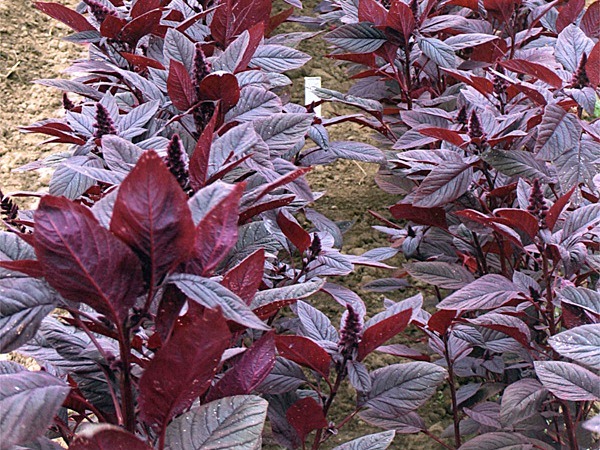
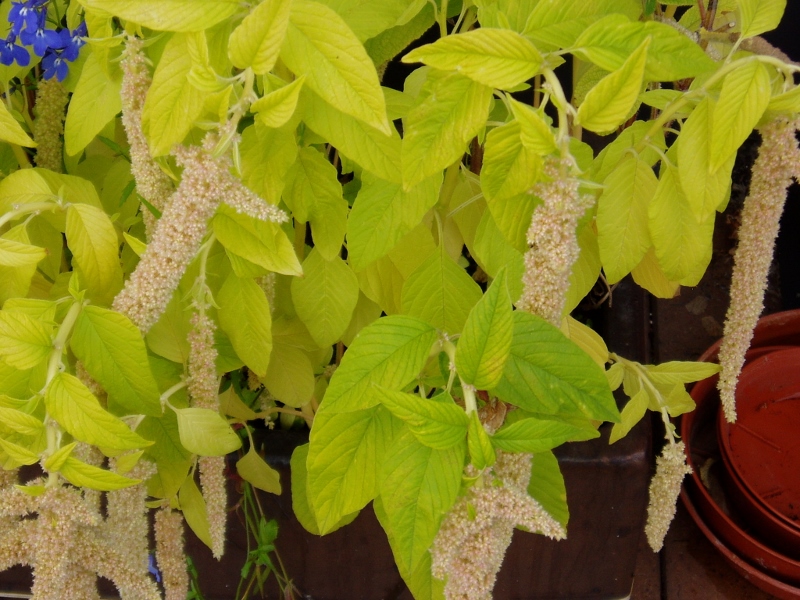
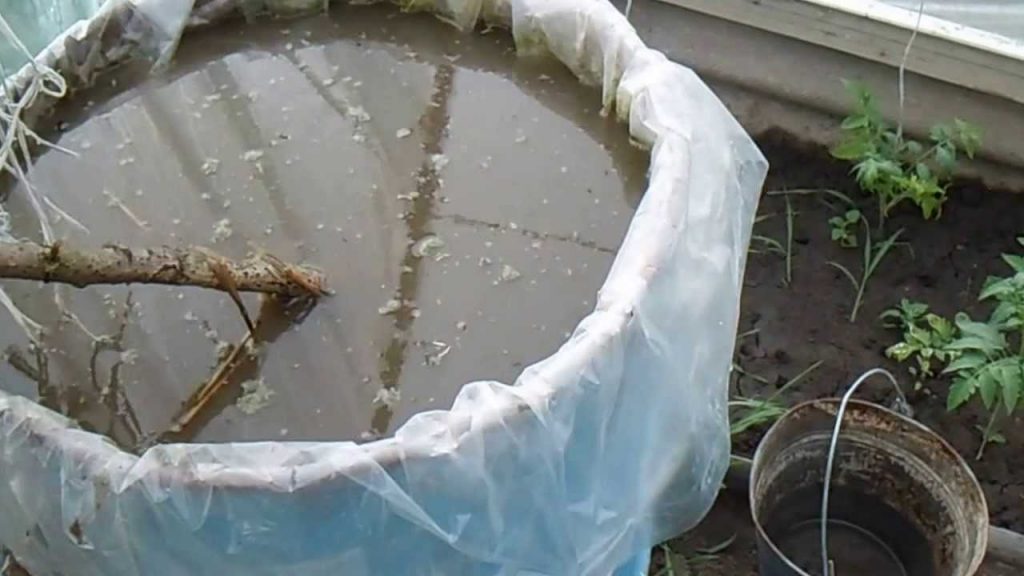

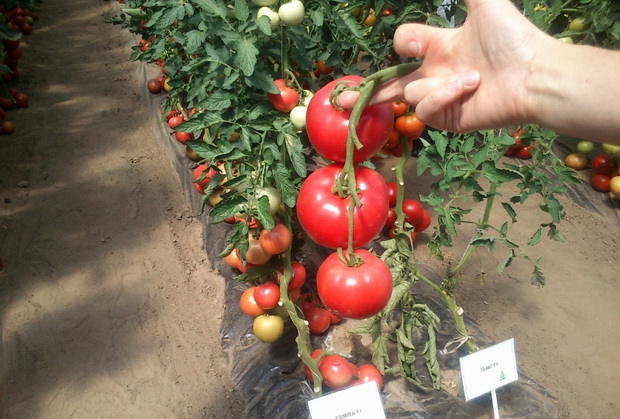
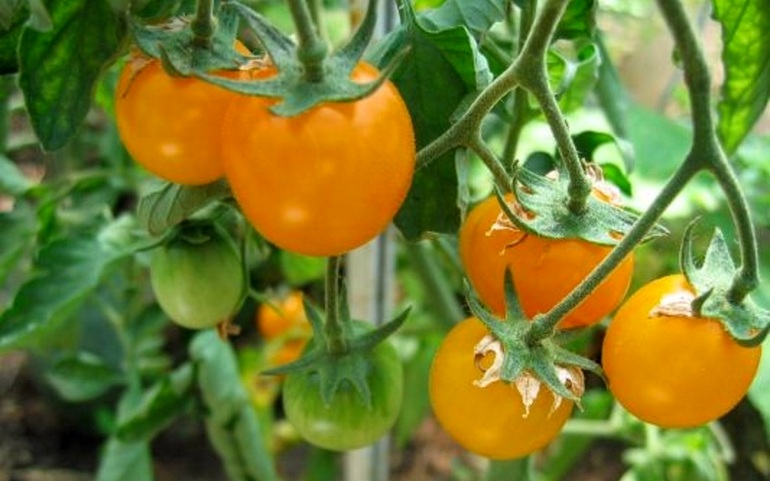
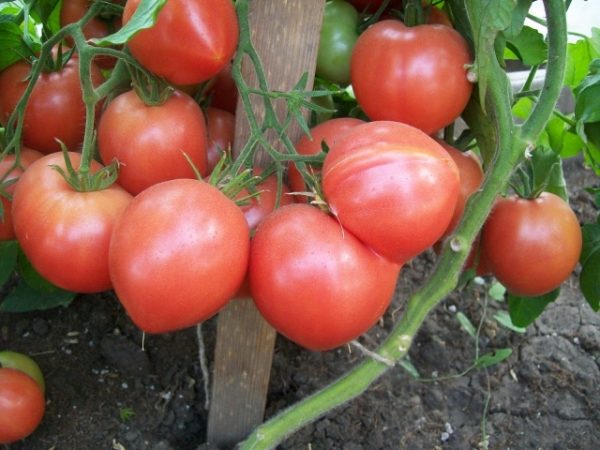
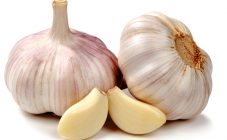
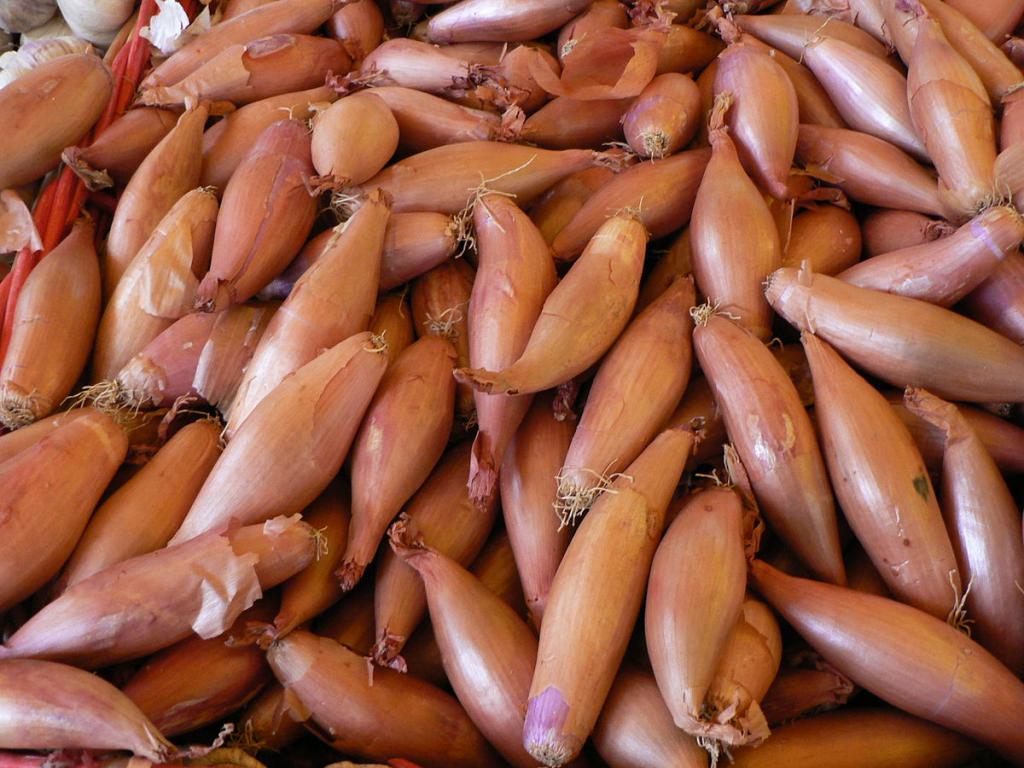








I collected seeds from decorative amaranth. They are black. Is it possible to make amaranth oil from them